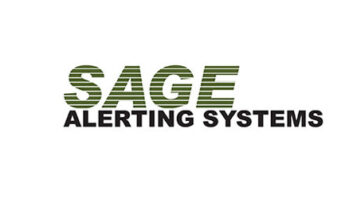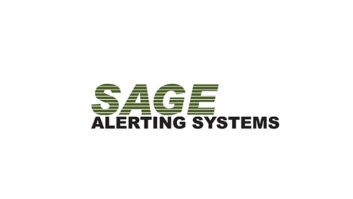The FCC voted to move forward with a “ground-up re-examination” of the national alert and warning systems at its August open meeting.
The notice of proposed rulemaking its three commissioners unanimously approved at the meeting includes the Emergency Alert System and the Wireless Emergency Alerts, which the commission said it looks to make more effective, efficient and better able to serve the public’s needs.
Chairman Brendan Carr said that while EAS and WEA provide benefits, both frameworks are quite old in technological terms, implemented 31 years ago and 13 years ago, respectively.
“Just because something has been done a certain way for a number of years doesn’t mean we shouldn’t hesitate to change things up,” Carr said in the open meeting.
As a result, the FCC seeks public comment on the aspects needed to create effective alert and warning systems.
During the meeting, Anna Gomez — the lone Democrat commissioner — also emphasized public media’s role as a “conduit” for messages and urged it to move forward with providing multilingual alert templates.
The commission also agreed to remove 98 “outdated” rules and requirements it had previously highlighted as part of its ongoing deregulation efforts.
What the alerting examination includes
The commission will:
- Explore which entities need the ability to send alerts and how those needs should be addressed in its design.
- Ask whether EAS and WEA are meeting the needs and expectations of the public and alerting authorities.
- Consider whether a redesign or targeted changes would allow the systems to reach their potential if they are not meeting those needs.
- Finally, it will examine the types of information and distribution methods needed to convey information to the public through EAS and WEA.
Once the notice is published in the Federal Register, there will be a 30-day period for parties to file comments about the alert system.
In addition to Carr, fellow commissioners Olivia Trusty and Gomez also voted to move forward with the examination.
During the open meeting, Gomez cited recent confusion following the 8.8 magnitude earthquake that took place off the Russian coast.
Alerts in Hawaii, she explained, told residents to evacuate entirely, but a more targeted and streamlined system that could have prevented the gridlock that took place.
“That’s why I’m glad we are looking at ways in which we can modernize EAS and WEA,” Gomez said.
Gomez points to pubcasters and multilingual alerts
In Alaska, Gomez praised 89.7 KUCB(FM), the primary entry point station for its Aleutian Islands, which noticed an error in evacuation orders.
She also pointed to the risk journalists at Hawaii Public Radio took to broadcast during the threat of a tsunami.
Gomez added that she will pay close attention to ensure what she described as public media’s “vital role” as a conduit for alerts.
“That’s why it’s been concerning to see unfounded political attacks against these public stations,” she said.
In Hawaii, Gomez noted that the Tagalog language ranks second in households.
It was part of the 13 languages that were slated to be required for multilingual templates.
[Related: “Gomez Criticizes FCC Delay in Implementing Multilingual WEA”]
“Inexplicably, this FCC continues to stall on moving those templates forward for implementation,” Gomez said. She urged others to hold the commission accountable to provide alerts regardless of the language they speak.
Gomez thanked Carr for including a provision in the item that recognizes multilingual communications.
“Obsolete” rules removed
The direct final rule to remove 98 rules and requirements that the the commission said were “obsolete, outdated or unnecessary” was approved.
“With today’s order, we take aim at the broadcast service rules portion of our regulations and remove those provisions that are outdated, obsolete or otherwise no longer in the public interest,” Carr said.
Carr and Trusty approved, while Gomez concurred in part and dissented in part — as she did when the direct final rule was invoked in July — citing the process involved to erase rules “without seeking public comment on appropriate processes and guardrails.”
But as the rules date back to 1979 and are either explanatory or are for the purpose of reference and convenience, she concurred with the order to remove them.
(Read the FCC’s notice to remove the 98 outdated rules and regulations.)







